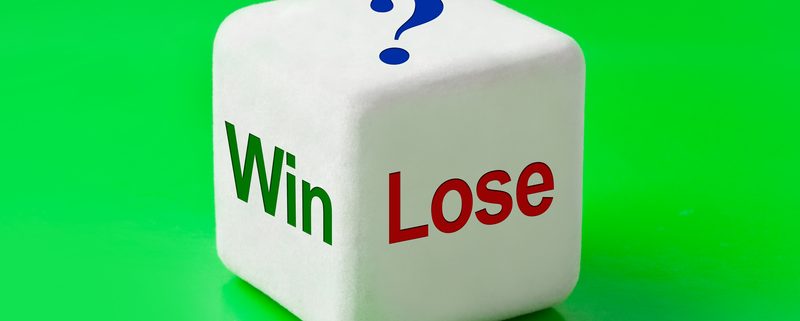Is It Possible to Beat the Market with a Self-Directed IRA?
Investors are always concerned about one thing: what the market is doing. They want to emulate the market, or, in some cases, maybe even beat the market. But the phrase “beat the market” is a loaded one. Even investors who turn to the Self-Directed IRA—which allows them to use retirement assets like precious metals and real estate, which have little to do with the stock market—know that no results are guaranteed in the world of investing. But is it possible to beat the market with a Self-Directed IRA? Here is everything you will need to know:
A Caveat: What It Means to “Beat the Market”
One word of warning: there is no guarantee that any strategy will beat the market. That is particularly true with a Self-Directed IRA. A Self-Directed IRA is not a one-size-fits-all strategy, after all. Instead, it is simply a vehicle that investors can use to select their own strategies.
With that in mind, however, it is important to remember that a Self-Directed IRA’s chief advantage is that it allows investors to choose their own investments from a wider range of potential assets. That includes real estate, precious metals, tax liens, private companies, and private loans. With the right investments in place, there is no reason that a yearly performance in a Self-Directed IRA cannot beat the market.
These days, the words “beat the market” are highly loaded because people usually take them to mean that a certain mutual fund or hedge investment can beat the market consistently. And that is tough to do. Anyone picking stocks can find it hard to identify what is going to happen. After all, it requires something like a crystal ball to predict the future.
There are different ways to measure performance over the market. Did an investment outperform it on one day? On a month? Over multiple years? With real estate, for example, it is entirely possible for people to “beat the market” when they tally the overall profit made on the transaction—however, this isn’t always a one-to-one comparison.
Moving Outside “Market” Thinking
One reason many investors enjoy the Self-Directed IRA setup is that it means they no longer have to be subject to the whims of the market. The market can be up one day, and you feel like a genius. It can be down the next, and you feel like you are lost. Either way, casting a wider net by using different asset classes within the portfolio can be a powerful way to have a sense of peace about where your retirement plan is heading.
For example, consider the case of adding real estate to a Self-Directed IRA. Real estate is its own market with its own ebbs and flows. It can even vary regionally. When real estate is hot in one area, it might be down in another area. Real estate does generally fall under the whim of the overall economy—but what asset class does not? Having a secure, stable income moving into a Self-Directed IRA every month because of a well-timed real estate investment can add a lot of security to a portfolio that is otherwise heavily invested in stocks.
This means that investors can move outside the traditional “market” thinking. Retirement investing, after all, is not about checking the stock tickers. It is about thinking in terms of years and decades, not days and seasons. Using a Self-Directed IRA to expand a portfolio to multiple asset classes is a powerful way for people to ensure that they have everything they need to feel secure about where their retirement is headed.
Interested in learning more about Self-Directed IRAs? Contact American IRA, LLC at 866-7500-IRA (472) for a free consultation. Download our free guides or visit us online at www.AmericanIRA.com.







